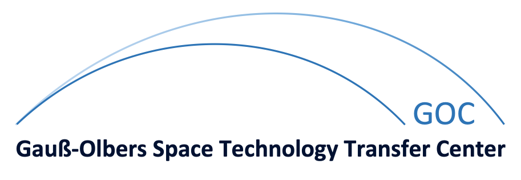Physical Layer Cooperation in Two-Way Relaying Systems
| Authors: | M. Wu, F. Ludwig, D. Wübben, A. Dekorsy, S. Paul |
| Abstract: | To combat the loss of spectral efficiency caused by the half-duplex constraint in one-way relaying systems, two-way relaying communications is considered using physical-layer network coding. Based on the principle of network coding, two sources intend to exchange information with each other via a relay in two phases. Specifically, both sources transmit to the relay simultaneously and the relay broadcasts a joint message back to the sources. In order to estimate the network coded message from the superimposed receive signal at the relay, different detection and decoding schemes are designed and analyzed in this chapter. For practical concerns, hardware imperfection such as carrier frequency offset mismatch is taken into account. This impact on the presented detection and decoding schemes is studied and corresponding approaches are introduced to mitigate the impairments. Furthermore, the network is extended to a distributed relaying scenario, where adaptive broadcast transmission strategies depending on the decoding status at the relays are investigated. To confirm the theoretical results, a selection of two-way relaying schemes are implemented on real-time hardware platforms and are shown to be practical in a real transmission. |
| Document type: | Chapter in Book |
| in Book: | Communications in Interference-Limited Networks |
| Publication: | Springer, Germany, February 2016 |
| Files: | BibTEX |







